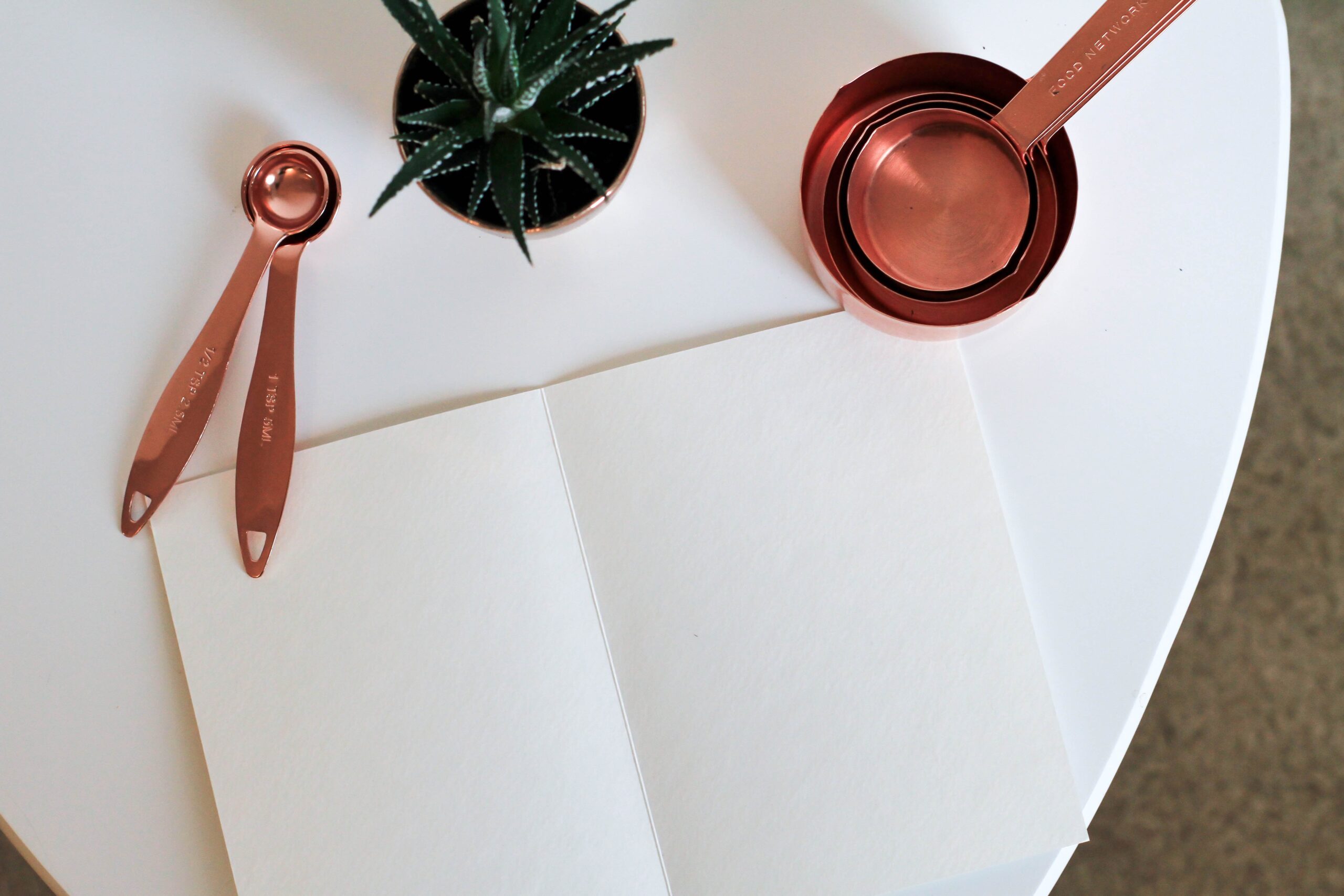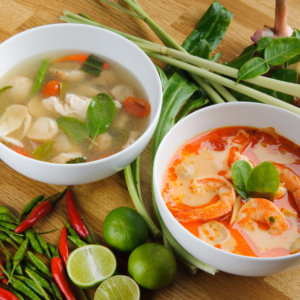
This question, as simple as it sounds goes a long way in the culinary world. You see, determining dry and liquid servings are essential to acing most food recipes. These recipes, sometimes found in cookbooks (magazines and online), actively list the specific quantities of ingredients and use various measuring units to avoid food flops.
A few of the articles refer to these quantities using simple kitchen utensils such as teaspoons, tablespoons, and cups while some other recipes list ingredients in ounces, grams, and liters. Best believe, that measuring each ingredient in its exact amount is key to the success of every recipe.
The measuring process could however get tricky and tedious to navigate without proper understanding of the workings. Don’t fret, this article would definitely sort you!
Let’s begin by defining ounces.
Ounces (Definition)
An ounce is one of the smallest units for measuring weight, mass or volume. This unit is derived from the Italian and Spanish word “Onza,” and is referred to by the abbreviation “oz.”
Moving on, it is important to note that liquid volumes are usually measured in fluid ounces while the dry ingredients are usually measured in weight ounces; that is, fluid ounce measurements are best suited to calculate liquid ingredients, while dry ounce measurements are typically used for non-liquid items such as flour, sugar and the likes. Simply put, weight ounce ordinarily written as “ounce” measures the weight of dry ingredients as well as the space they occupy, while fluid ounce written as “fl oz” measures the volume of liquid.
It would also interest you to know that cup measurements could differ depending on what country you reside. British and American cups/ounce measurements vary because they use different measurement systems.
In the United States for example, the imperial system of measurement is widely in use. Whereas, in the United Kingdom, and many other countries, the metric system is their ideal. This is an important factor to consider during measurement and conversions to avoid discrepancies.
So, back to the question at hand, “how many ounces are in a cup?” Simply put, In the United States, one cup of liquid is equal to 10 fluid ounces (fl oz), while in the UK, 1 cup of liquid is equal to 8 fluid ounces (fl oz).
Therefore, to figure out how many ounces are in a US cup, divide the number of fluid ounces by 10 to get your answer for converting fluid ounces to cups (for example,
140fl oz / 10 = 14 cups
However, for the Metric (Uk) system, you divide the number of fluid ounces by 8 to get your answer for fluid ounces to cups (for example,
140fl oz/ 8 = 17.5 cups
Likewise, when converting from cups to fluid ounces, you either multiply by 8 or 10 depending on what system you are using.
For dry ingredients, it could get really tricky. You see, measurement of dry ingredients depends solely on the kind of ingredient you are trying to measure. What I mean is that, for dry goods like flour, what is actually being measured is how much room the flour takes up. In simpler words, the values will vary depending on how much the ingredient itself weighs. We would speak more about this as we forge ahead.
About measuring cups
Understanding the workings of measuring cups would aid their easy and precise use.
Measuring cups are great for measuring specific volumes of ingredients, such as liquids or dry items like flour and sugar.
Taking it further, a liquid measuring cup is usually made of plastic or glass, with a spout on one side to aid pouring. Its surface would usually have markings which would indicate measurements in cups, ounces, liters, and milliliters. To do a proper measurement of a cup filled with liquid, make sure the liquid is at eye level and slowly pour in the liquid till you get your desired measurement. The next step would then be to read off the markings on the cup to determine how many fluid ounces are in that cup of liquid ingredients. In addition, using measuring spoons could also help to get accurate measurements.
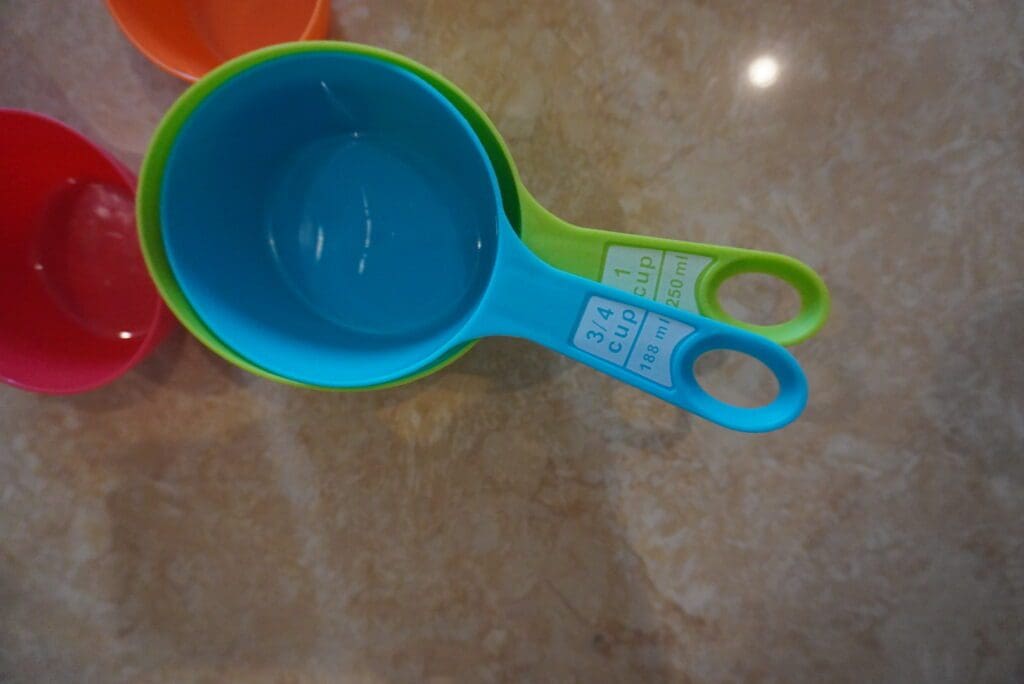
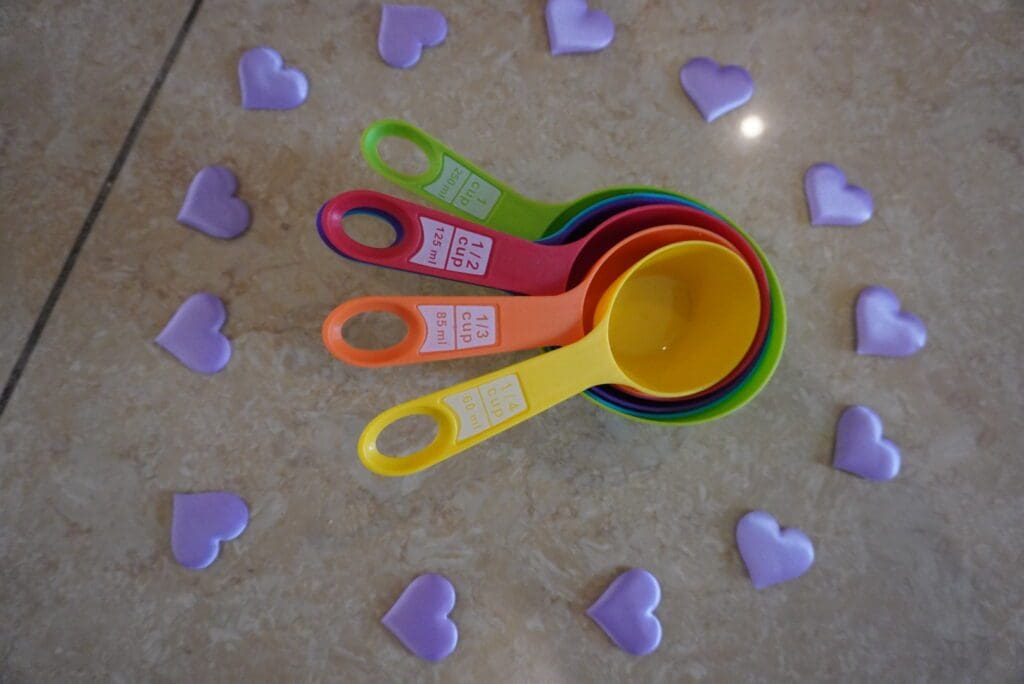
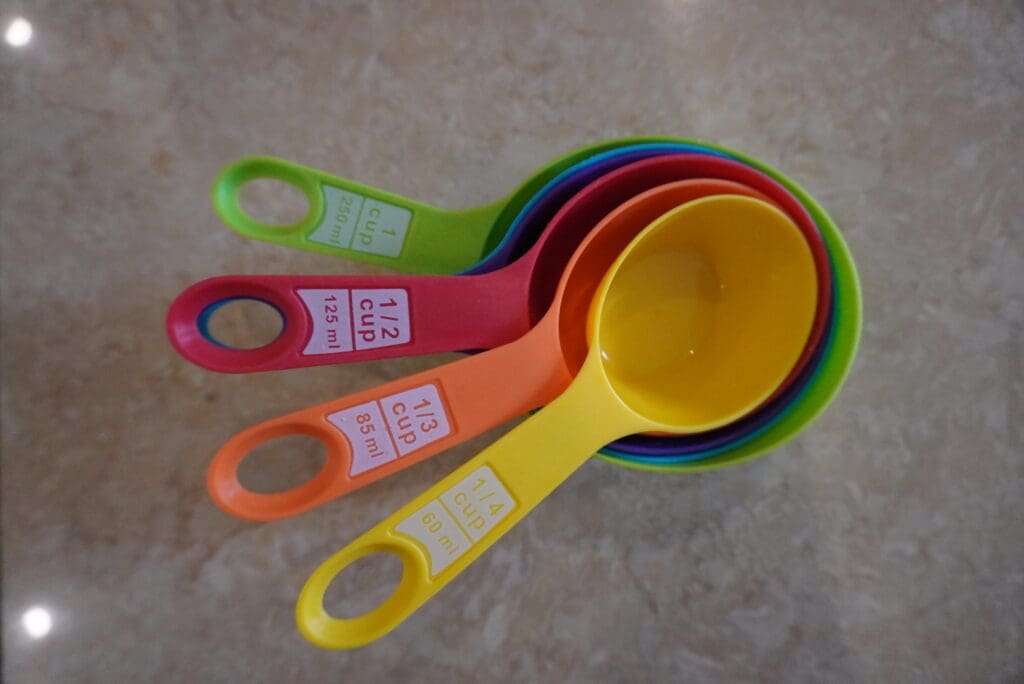

A dry measuring cup on the other hand is usually metal with flat rims and a curved bottom. It’s surface also would usually have markings which indicate measurements in cups, ounces, tablespoons, and teaspoons.
When using a dry measuring cup for ingredients such as sugar or flour, it is best to use the scoop-and-level method. So, what you are expected to do is to dip the cup into the ingredient until it’s overflowing, then level the top with a knife or spoon. Read off the markings on the cup to determine how many ounces are in a cup of dry ingredients or you could use a kitchen scale instead.
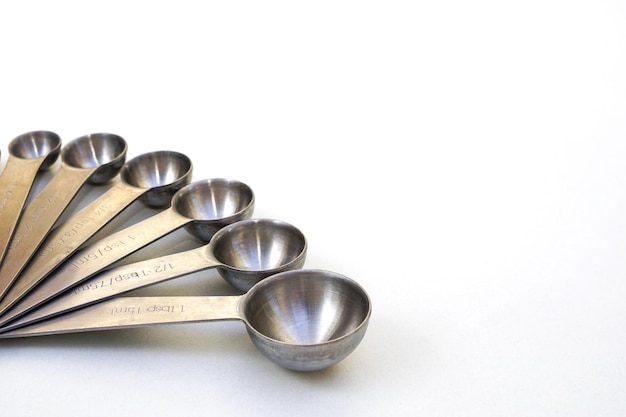
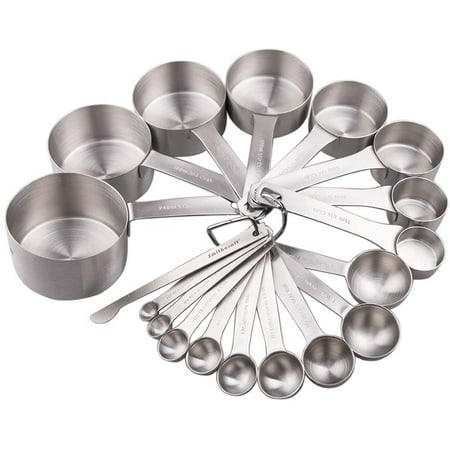
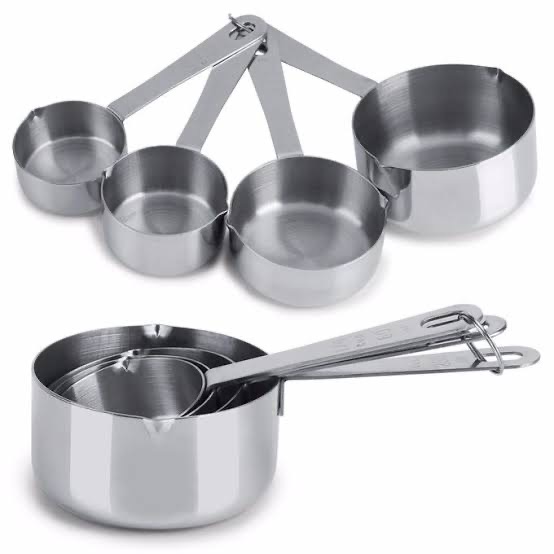

With the tips given above, you are sure to always get it right and never end up with erroneous results. Now that we have the measurements sorted, the next important topic of discussion is unit conversions.
Unit conversions
At times, you might need to convert a recipe from ounces to cups, grams or even Milliliters and vice versa, and you need a quick fix. Trust me, conversion charts would come in super handy in such cases.
Like I previously mentioned, liquid ingredients could be just as accurately measured in cups as with a measuring scale.
Dry ingredients however are not that straightforward. When measuring dry ingredient, it is important to take into account, the state of the ingredient you intend to measure. If the recipe says to “prep “the ingredient, then do exactly as the recipe says before measuring it. For instance, a cup of finely chopped Lettuce will weigh a little more than a cup of whole lettuce. Equally a cup of grated gouda cheese would definitely weigh more than a cup of cheese chunks.
Below is a basic illustration of the liquid the conversion chart (UK), remember that for the US measurement, 1 cup is equal to 10 ounces and you could use that as a guide.
- ¼ Cups = 2 Ounces = 60 mL = 4 tablespoons
- ½ Cups = 4 Ounces = 118 mL = 8 tablespoons
- ¾ Cups = 6 Ounces = 177 mL = 12 tablespoons
- 1 Cup = 8 Ounces = 237 ML = 16 tablespoons
- 1½ Cups = 12 Ounces = 355 ML = 24 tablespoons
- 2 Cups = 16 Ounces = 473 ML = 32 tablespoons
- 3 Cups = 24 Ounces = 700 ML = 48 tablespoons
- 4 Cups = 32 Ounces = 946 ML = 64 tablespoons
- 5 Cups = 40 Ounces = 1183 ML= 80 tablespoons
For the not so straightforward values, they could easly be approximated to their nearest round number.
Not to worry, ill further provide other useful charts to make the conversion life much easier.
Tsj’s conversion charts
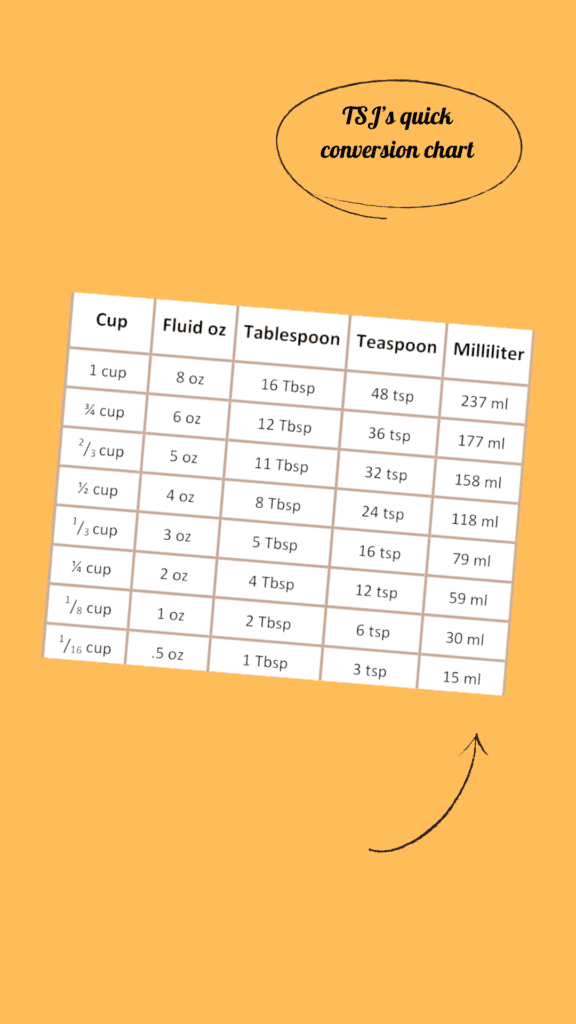
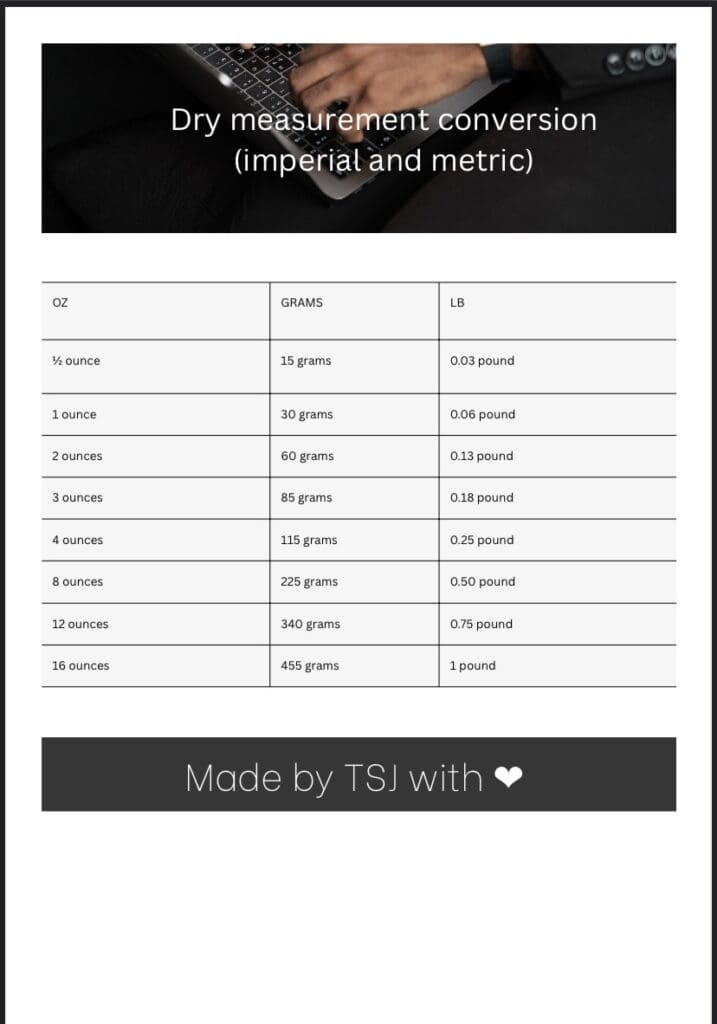

Understanding measurements and conversion in the culinary world could never be over emphasized. With these power conversion charts made with love, converting between units would become a breeze and your culinary skills would be sure to improve tremendously.
I do hope this article has brought you as much joy as it brought me during it’s compilation. Remember, I am always at your service. Ciao.

